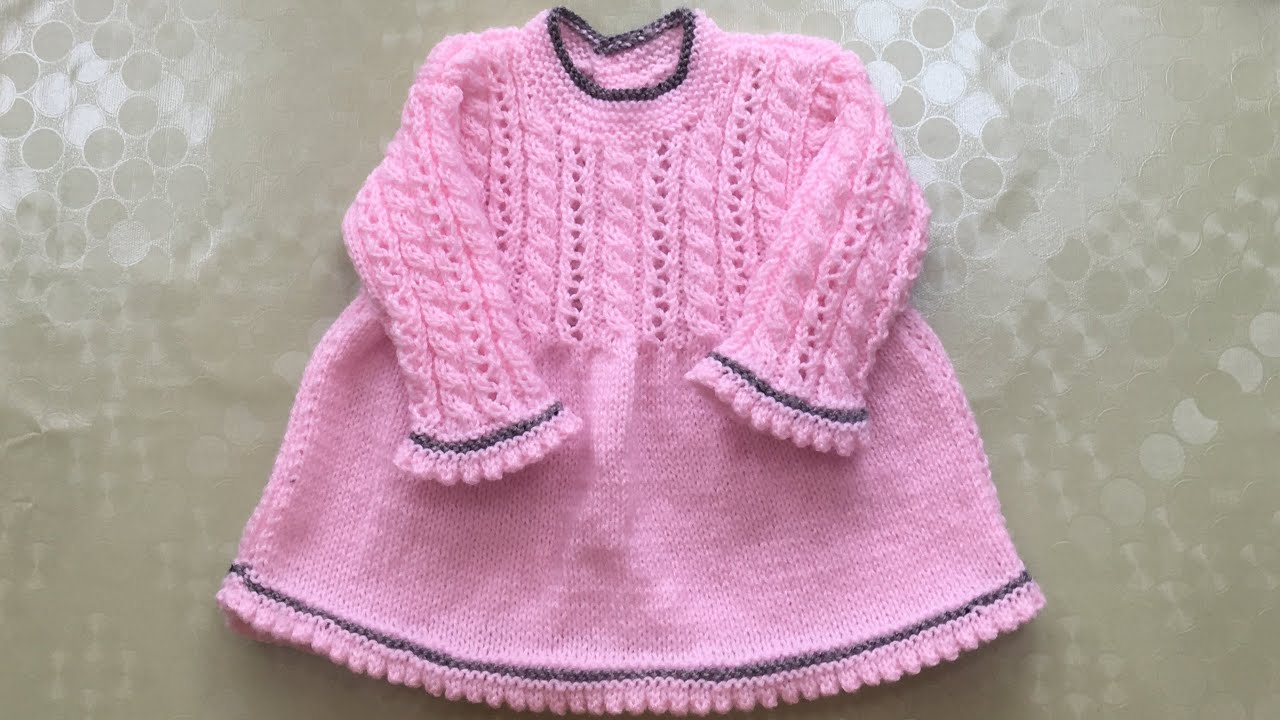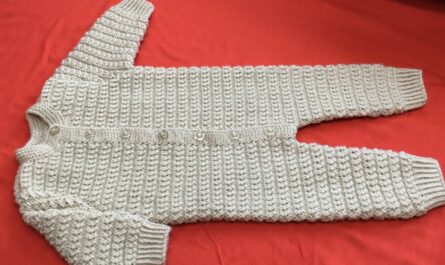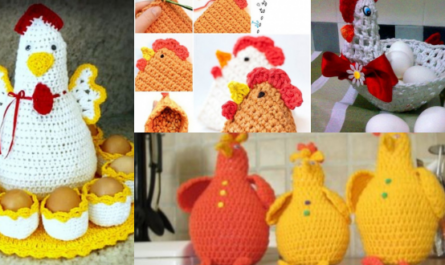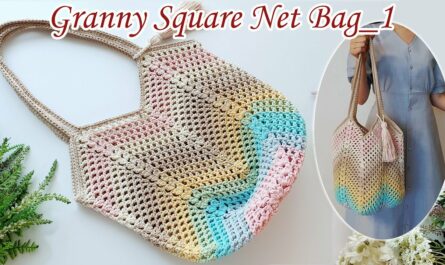There’s a special joy in dressing a baby in something truly exquisite, something beyond the everyday play clothes. A “smart” baby dress is exactly that – a hand-knitted garment designed for polish, refinement, and timeless elegance. It’s perfect for special occasions like family gatherings, photo shoots, celebrations, or simply for those moments when you want your little one to look effortlessly chic. Creating such a dress is a rewarding journey that combines the comfort of handmade with an elevated sense of style, resulting in a cherished heirloom.
This detailed article will guide you through the principles and practices of knitting a smart baby dress, focusing on the choices and techniques that elevate a simple knitted garment into a truly refined piece.
What Makes a Baby Dress “Smart”?
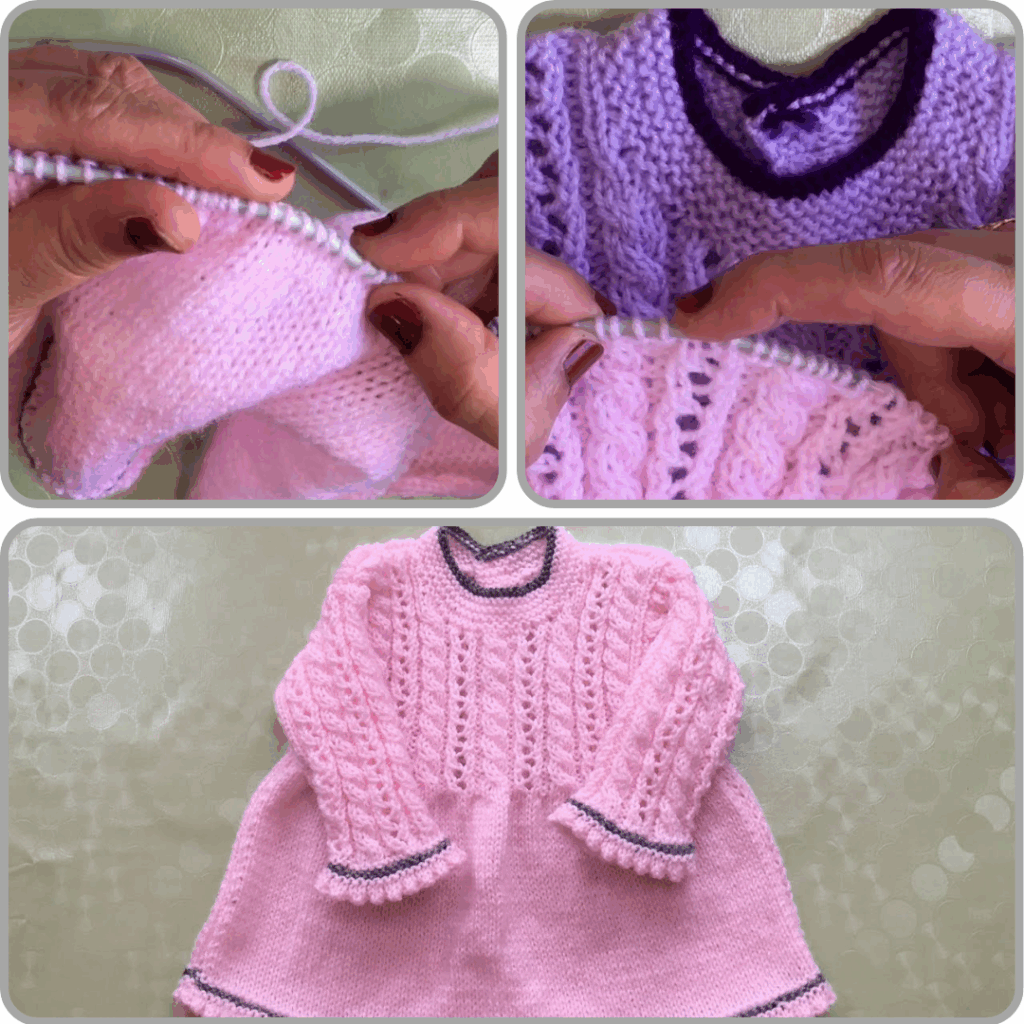
The “smart” aesthetic in baby knitwear is about subtle sophistication rather than overt flashiness. It’s achieved through:
- Clean Lines & Refined Silhouettes: Well-defined shaping, smooth transitions between sections, and classic forms like an A-line, empire waist, or a delicate smock/yoke dress.
- Subtle Textures: Emphasis on elegant stitch patterns like smooth Stockinette, crisp Moss/Seed stitch, delicate lace, or refined cables, rather than bulky or overly playful textures.
- Thoughtful Details: Impeccably neat button bands, delicate edgings (like picot or I-cord), perfectly shaped necklines, and seamlessly integrated closures.
- Quality Yarn: Fibers that possess beautiful drape, luxurious softness, and excellent stitch definition.
- Impeccable Finish: Meticulous blocking, virtually invisible seams (if applicable), and securely attached, complementary closures.
- Sophisticated Color Palette: Colors that convey elegance and depth.
Key Considerations for Knitting a Smart Baby Dress:
While the goal is sophistication, the practical needs of a baby remain paramount.
- Occasion vs. Everyday Wear: A smart dress might see less rigorous playtime than a casual romper, but it still needs to withstand gentle handling.
- Baby’s Comfort: Despite its refined look, the dress must still be incredibly soft, non-itchy, breathable, and allow for comfortable movement. No stiff or scratchy yarns!
- Washability (Crucial): While some luxury fibers may require hand-washing, the vast majority of baby knits should be easy to care for. Prioritize machine-washable options if possible, or ensure the recipient understands the care instructions.
- Precise Sizing & Gauge: For a “smart” fit, impeccable gauge is even more critical. Sloppy sizing will detract from the refined look.
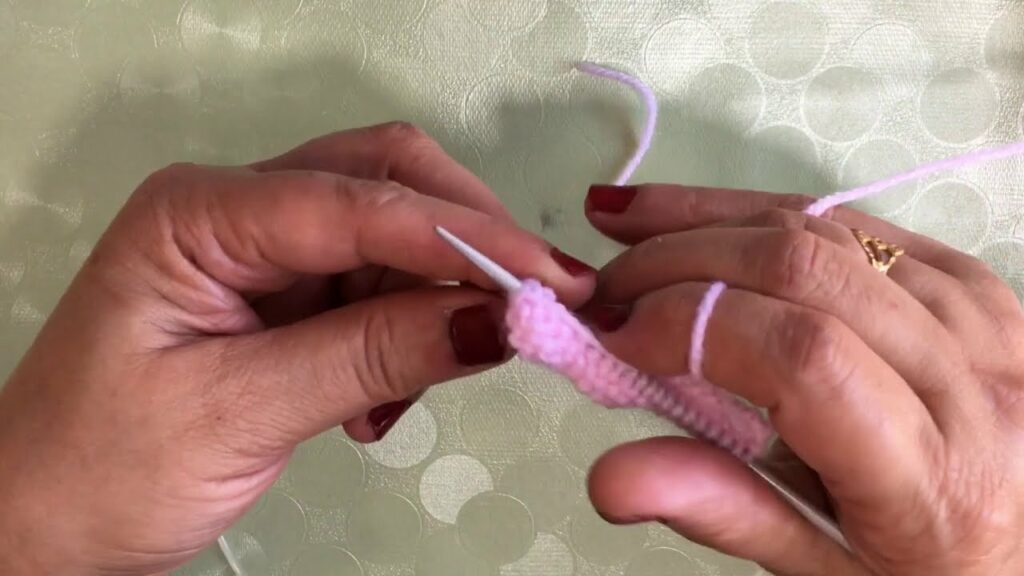
Yarn Selection for a “Smart” Dress (The Core Element):
The choice of yarn is perhaps the single most impactful decision for a smart baby dress. Prioritize quality, drape, and feel.
- Fiber (Focus on Luxury & Performance):
- Merino Wool (Superwash or Regular): An outstanding choice. It’s incredibly soft, provides beautiful stitch definition, has excellent drape, and feels luxurious against the skin. Superwash merino offers the added benefit of easy machine washability.
- Silk Blends (Merino/Silk, Cotton/Silk, Alpaca/Silk): These blends introduce a gorgeous subtle sheen and an exquisite drape that elevates the garment instantly. They are often incredibly soft but may require hand-washing.
- Alpaca or Cashmere Blends: For the ultimate in luxurious softness and warmth. These are often more delicate and may require specific care (often hand-washing), making them ideal for truly special occasion pieces.
- High-Quality Cotton / Organic Cotton: For elegant summer dresses. Look for varieties like Pima or Supima cotton for exceptional softness, or mercerized cotton for a subtle sheen and good stitch definition.
- Luxury Baby Acrylics: Some high-end acrylics are engineered to mimic the drape and softness of natural fibers, offering excellent practicality and a wide range of sophisticated colors.
- Weight:
- Fingering (4-ply), Sport, or DK (Double Knitting): These are the most common weights. Finer weights create a more delicate, ethereal fabric (ideal for intricate lace), while DK offers good stitch definition and works up more quickly while still maintaining elegance.
- Color Palette:
- Sophisticated Neutrals: Cream, ecru, pure white, soft grey, charcoal, deep navy, taupe, camel. These colors convey timeless elegance.
- Muted / Dusty Tones: Dusty rose, sage green, periwinkle, muted lavender, light teal, terracotta. These offer color without being overly bright or distracting.
- Deep Jewel Tones: Berry, emerald, sapphire, rich plum. These can create a bolder, opulent look, especially for cooler weather or formal occasions.
- Avoid: Overly bright, neon, highly variegated, or excessively speckled yarns unless your specific “smart” vision includes a very modern, minimalist aesthetic.
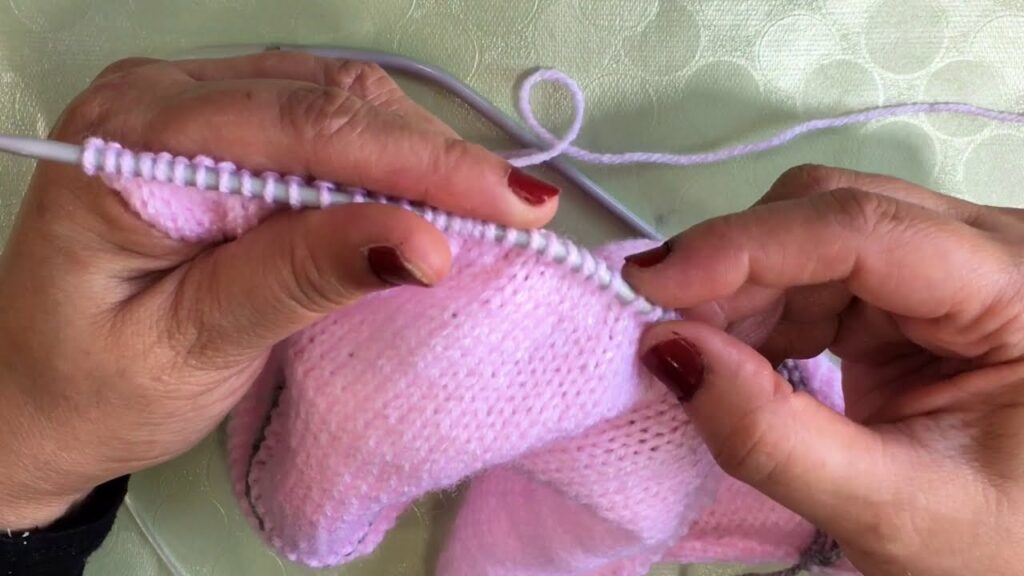
Design Elements & Stitch Patterns for a “Smart” Look:
The careful choice of stitch patterns and shaping elevates a dress from charming to truly smart.
- Silhouettes:
- A-line: A classic, elegant silhouette that gently flares from the shoulders or chest downwards, offering comfort and timeless appeal.
- Empire Waist: The bodice fits to just under the bust, from which the skirt flows freely. This creates a very flattering and traditional look.
- Smock/Yoke Dress: Features a fitted upper section (yoke, often circular or shaped) from which the main body of the dress flares or is gathered. This allows for intricate patterning on the yoke.
- Necklines: A neat, well-shaped neckline is crucial. Rounded, gentle scoop, or a subtle boat neck are common. Finish with a finely ribbed or garter stitch band that lies flat.
- Sleeves:
- Cap Sleeves or Short Sleeves: Ideal for warmer weather or formal occasions.
- Subtle Puff Sleeves: Achieved with careful shaping (increases at the sleeve cap and then gentle decreases) for a delicate, traditional touch.
- Long Sleeves: Finished with neat, snug cuffs (often ribbed).
- Edges & Hems:
- Ribbing (1×1 or 2×2): Classic, neat, and elastic for hems, cuffs, and neckbands.
- Garter Stitch: Lays flat, adds a clean edge, especially when used for button bands or simple borders.
- Picot Edging: A delicate, scalloped bind-off that adds a refined, decorative flourish to hems, cuffs, or necklines.
- I-cord Edging: Creates a clean, corded edge that looks incredibly polished and sophisticated around necklines, armholes, or button bands.
- Stitch Patterns (Prioritize Texture & Definition):
- Stockinette Stitch: A clean, smooth fabric that allows the quality and drape of your chosen yarn to truly shine.
- Moss Stitch / Seed Stitch: Creates a refined, subtle texture that lays perfectly flat. Excellent for yokes, bands, or subtle borders.
- Simple Ribbing (Vertical or Horizontal): Adds delicate texture and elasticity.
- Delicate Lace: Small, repeating lace patterns (e.g., simple eyelet rows, tiny diamond motifs, understated floral lace) for an ethereal and elegant look. Avoid overly complex, busy, or bulky lace that might overwhelm the garment.
- Subtle Cables: Small, elegant cables (e.g., a single rope cable, mini braids, or a simple panel of twisted stitches) for a touch of classic sophistication, often as a border, a central panel, or on the yoke.
- Avoid: Very rough, fuzzy, or highly textured yarns that distract from the garment’s elegance or create a too-casual feel.
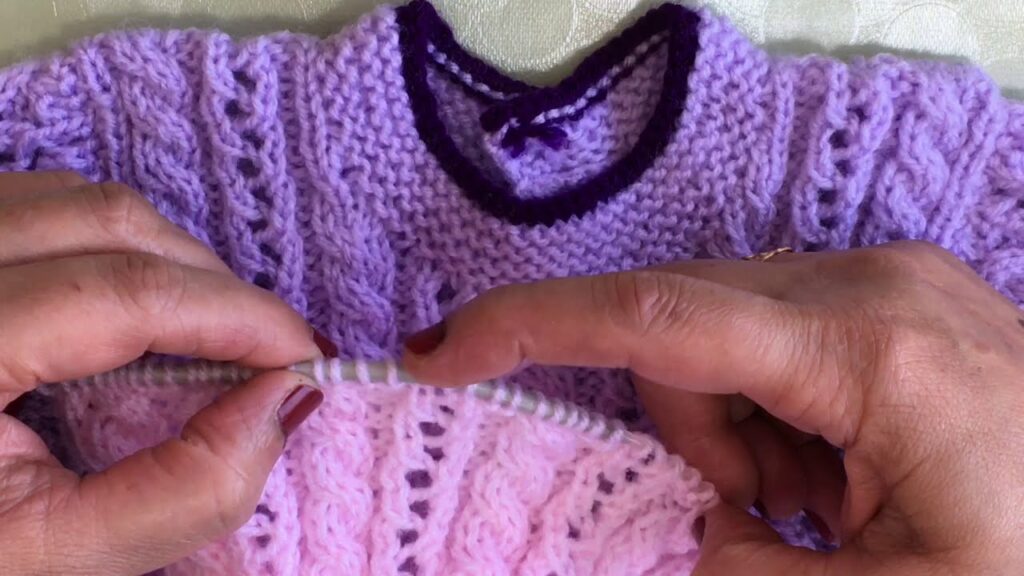
Construction Methods for a Polished Finish:
The method of construction influences the final look and comfort.
- Seamless Knitting (Top-Down or Bottom-Up):
- Pros: Creates a smooth, comfortable garment with no bulky seams. Seamless construction is often preferred for a “smart” look as seams can disrupt the drape and lie of a fine fabric.
- Top-Down (Raglan or Circular Yoke): Highly popular for baby dresses. It allows for easy try-on, seamless transitions from yoke to body and sleeves, and often quicker completion.
- Bottom-Up: Legs/body knit, then joined, then the bodice. Can be seamless.
- Seaming (if a pattern requires it):
- Mattress Stitch: If your pattern requires seaming, mastering the mattress stitch is absolutely essential. It creates virtually invisible, flat seams that are key to a professional, polished finish.
- Blocking before seaming: Crucial for perfectly matched edges and accurate alignment.
Steps to Knit a Smart Baby Dress (General Process):
This outline provides a framework; your specific pattern will contain precise stitch counts and detailed instructions.
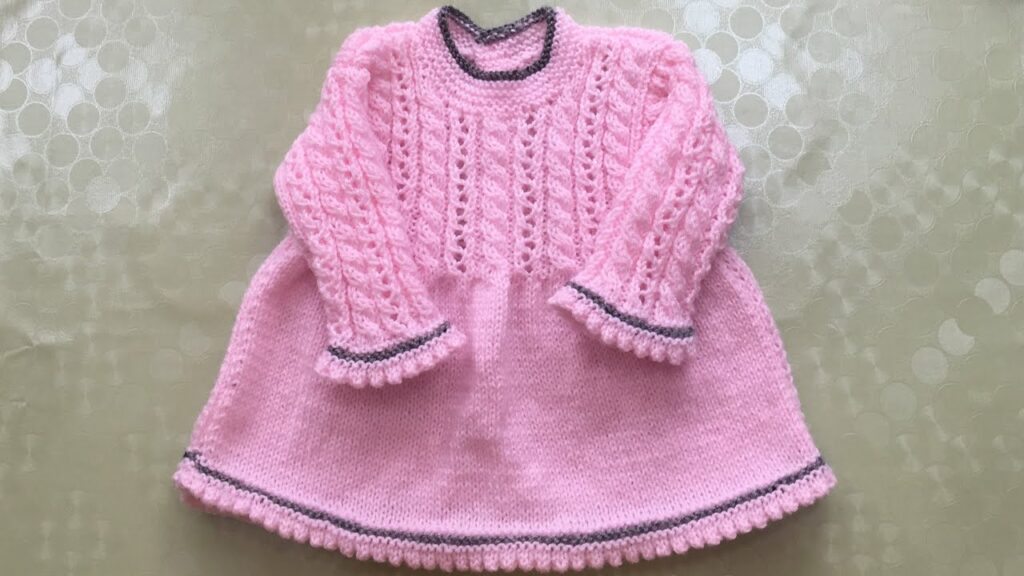
- Choose Your Pattern: Select a clear, well-written knitting pattern that aligns with your vision of a “smart” baby dress and your skill level. Read the entire pattern thoroughly before casting on.
- Yarn & Needles: Select your high-quality yarn based on the design and your gauge swatch results. Choose the appropriate needle size(s).
- Knit the Gauge Swatch (CRITICAL for “Smart” Fit): This is non-negotiable. Knit a generous swatch in the main stitch pattern. Wash and block it precisely as you would the finished garment. Measure your stitches and rows per inch/cm accurately. Adjust your needle size until your swatch matches the pattern’s specified gauge.
- Cast On: Use a neat, appropriate cast-on method for the chosen construction (e.g., a stretchy cast-on for a neckband, a provisional cast-on if starting the neck with a folded hem).
- Knit Yoke/Bodice: Follow your pattern’s instructions for the shaping of the upper body (raglan increases, circular yoke increases, or knitting flat pieces). If there’s a button placket, integrate the buttonhole placements as directed.
- Separate for Body & Sleeves (if top-down): If knitting top-down, place the stitches for the sleeves onto scrap yarn or stitch holders. Join the remaining front and back body stitches (often by casting on a few stitches under the arms).
- Knit Body/Skirt: Work the main body of the dress. Incorporate increases as directed by the pattern to create the skirt flare (a gentle increase for an A-line, or more pronounced increases for a fuller, twirly skirt). Continue working your chosen stitch patterns (lace, texture).
- Knit Sleeves: If knitting top-down, return to the held sleeve stitches and knit each sleeve to the desired length and cuff. If knitting bottom-up, knit sleeves flat or in the round, then set aside for seaming.
- Finish Edges: Work the neckband, button bands (if not already integrated), sleeve cuffs, and bottom hem. Pay meticulous attention to neatness and ensuring all edgings lie flat. Consider incorporating a picot or I-cord edging for a refined touch.
- Seaming (if applicable): If your pattern involves separate pieces, carefully seam them together using the mattress stitch for virtually invisible seams.
- Weave in Ends: Meticulously weave in all loose yarn tails on the wrong side of your work.
- Block (The Transformation): This step is paramount for a “smart” garment. Gently wash the dress according to your yarn’s care instructions. Gently squeeze out excess water (do not wring). Lay it flat on blocking mats or a clean towel, then carefully pin the garment to the exact finished measurements specified in your pattern. Allow it to air dry completely. Blocking opens up lace patterns, evens out stitches, sets the final shape, and significantly improves the drape and overall polished appearance.
- Add Closures: Securely sew on your chosen buttons or apply snaps. Select closures that complement the refined aesthetic of the dress (e.g., pearl, mother-of-pearl, delicate wooden, or metallic buttons).
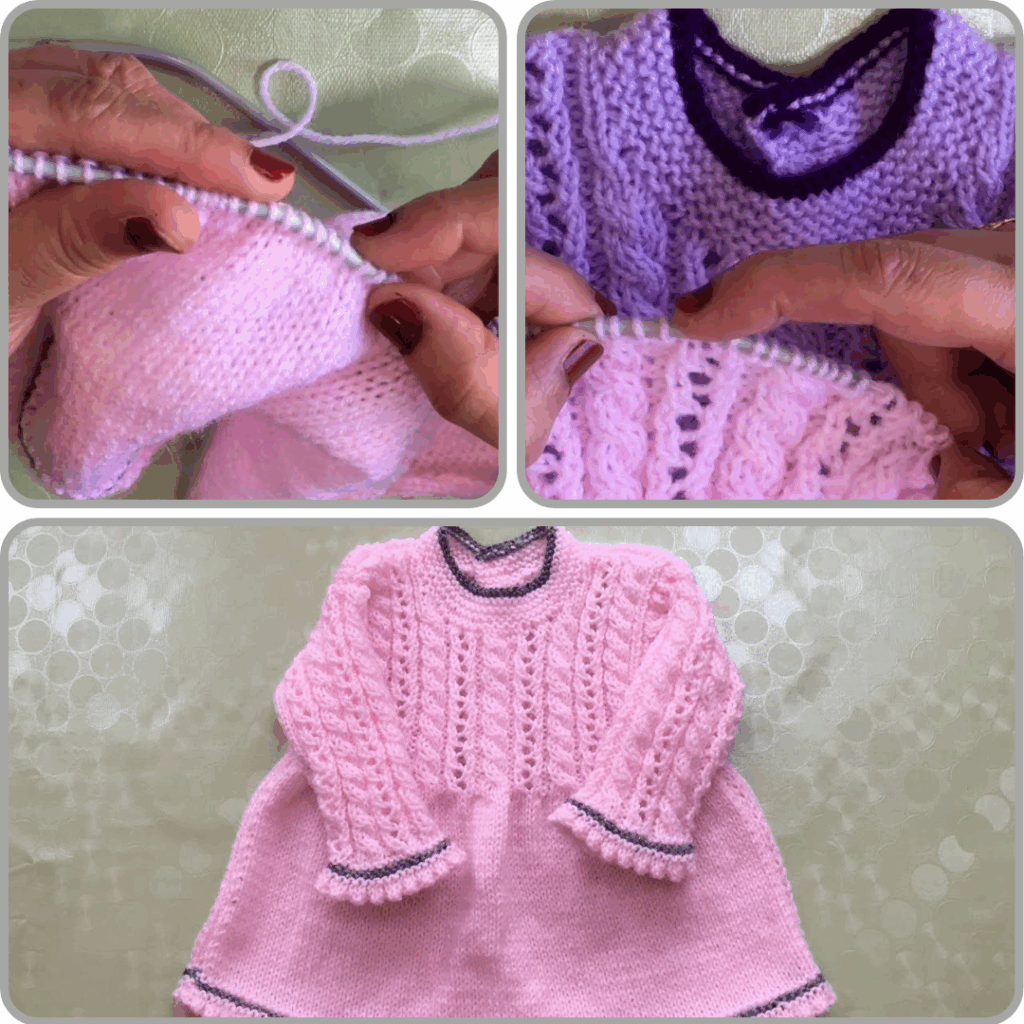
Tips for Achieving a Truly “Smart” Finish:
- Impeccable Gauge: A slight deviation in gauge can significantly alter the fit and aesthetic of a refined garment. Invest time in your swatch.
- Consistent Tension: Strive for even tension throughout your knitting. Practice will help.
- Neat Edges: Pay extra attention to selvedge edges (if seaming), picked-up stitches (for neckbands, button bands), and bind-offs.
- Invisible Seams: Mastering mattress stitch is crucial for a professional, seamless appearance, even on seamed garments.
- Meticulous Blocking: This is non-negotiable for a smart, polished garment. It brings out the best in your stitches and yarn.
- Quality Closures: Choose buttons or snaps that genuinely enhance the garment’s elegance.
- Patient Finishing: Rushing the finishing touches (weaving in ends, securing buttons) can undermine all your previous hard work. Take your time!
Video Tutorial :
Knitting a smart baby dress is a journey of artistry and precision. By carefully selecting your materials and focusing on impeccable execution, you’ll create a garment that is not only comfortable and beautiful but also exudes a timeless elegance, truly cherished by the little one who wears it.
